Subscriptions available in Domain profiles on Delfi
Choose the solutions you need from our subscription profiles. Available domain profiles cover the entire E&P life cycle.
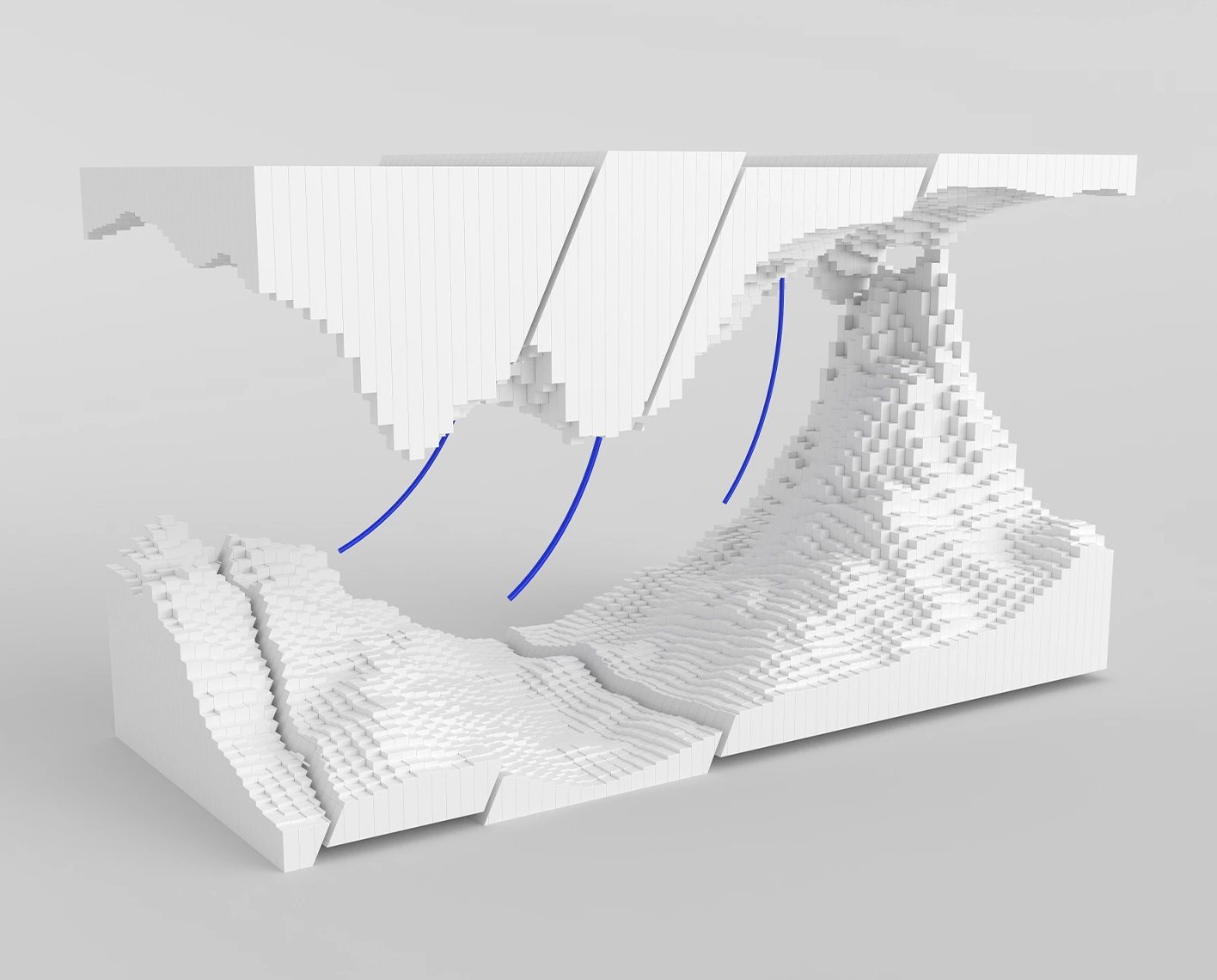
Petrel™ subsurface software is available on-premise and in the Delfi digital platform, for geoscientists and engineers to analyze subsurface data from exploration to production, enabling them to create a shared vision of the reservoir. This shared earth approach empowers companies to standardize workflows across E&P and make more informed decisions with a clear understanding of both opportunities and risks.

Disciplines working together
Integration at the data level is the foundation for enabling multi-discipline integration. This integration allows the capture and preservation of knowledge, from exploration to production—from the petroleum systems modeler to the reservoir engineer and beyond, all contributing to a shared vision of the subsurface. Whether you are working on your first deepwater exploration well or delivering a comprehensive drilling program in a shale play, Petrel subsurface software enhances multidisciplinary workflows.
Access to best science
Traditionally, applying the right science has meant supporting many disparate applications—isolating the knowledge and disrupting the workflow. Petrel; provides deep science across the spectrum—from prestack processing to advanced reservoir modeling—to assisted history matching, and much more. Furthermore, the Ocean software development framework creates advantage by putting the industry’s best science inside the Petrel shared earth model—directly into the hands of your teams.
Increased workflow productivity
In an increasingly volatile industry climate productivity is key. Petrel subsurface software supports automated, repeatable workflows, to capture best practices and share them across the organization. New data is easily incorporated, keeping the subsurface live and current. Embedded cross-domain uncertainty analysis and optimization workflows enable straightforward testing of parameter sensitivity and scenario analysis.
The embedded Studio E&P knowledge software improves productivity with multiuser database access and collaborative work sessions with team members across the enterprise. Studio lets you capture more than just data—it allows you to store and share the knowledge of how a result was accomplished.
Find out more about the Studio E&P knowledge software.
Petrel 2024.6 and Studio 2024.8 release announcement
Updates from Petrel 2024.6 to Petrel 2024.8 deliver the latest in domain workflows, functionality, and productivity. In these releases, new functionalities have also been added based on popular feature requests.
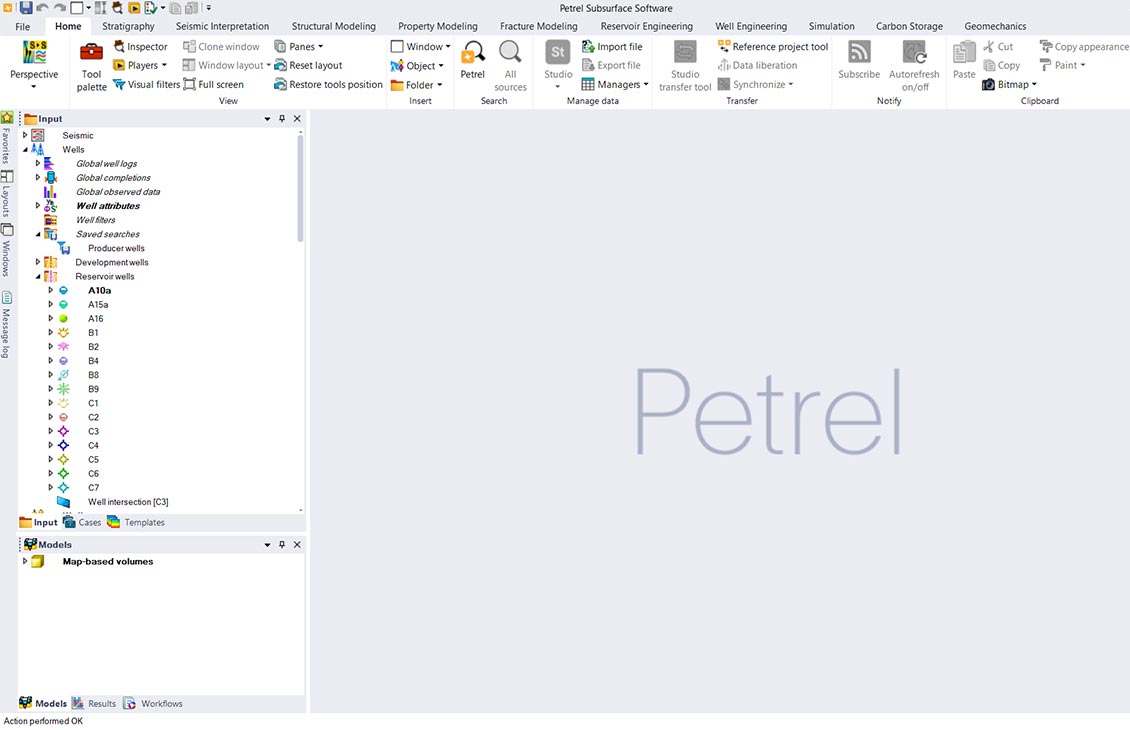
In 2024.8, we’ve unveiled a modern look, and a cleaner, more streamlined design. The simplified layout makes navigation faster and more intuitive, while consistent visual elements create a cohesive experience across the platform. The result is a more enjoyable, efficient, and professional user experience that reflects the high quality of the tools.
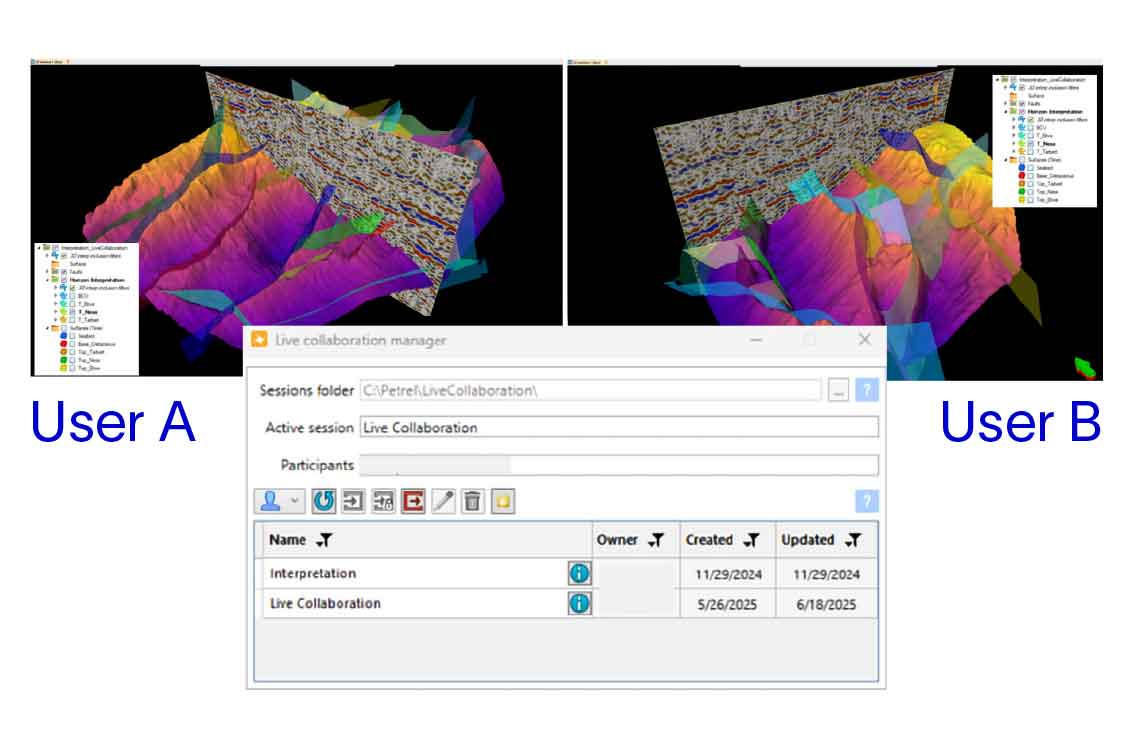
Live collaboration in Petrel software facilitates efficient, real-time teamwork in geophysical and geological interpretation, making it easier and faster than ever for geoscientists to collaborate, iterate, and deliver high-quality results. Multiple users can work simultaneously and in real time for several geological and geophysical datatypes.
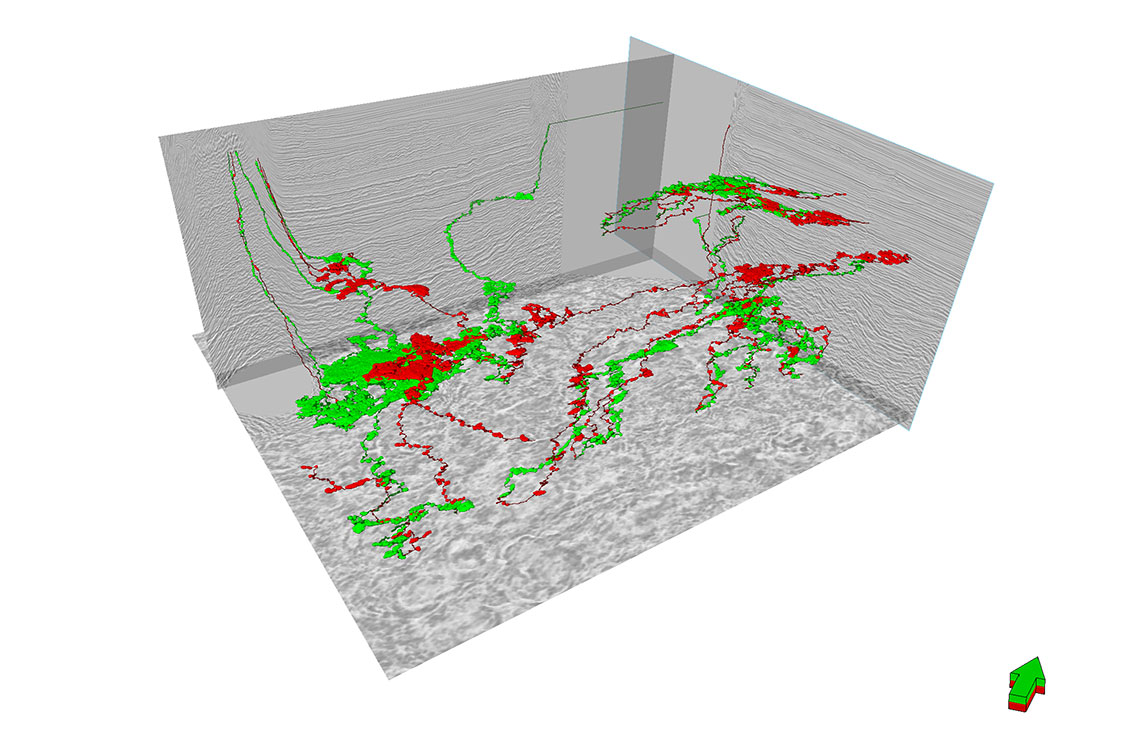
Revolutionize your fluid migration workflows with this innovative tool that simplifies and accelerates analysis directly on seismic volumes. Effortlessly map migration pathways, evaluate CO₂ storage potential, and integrate ML-driven fault cubes for enhanced insights—all with high performance and scalability. Transform seismic data into actionable decisions faster than ever.
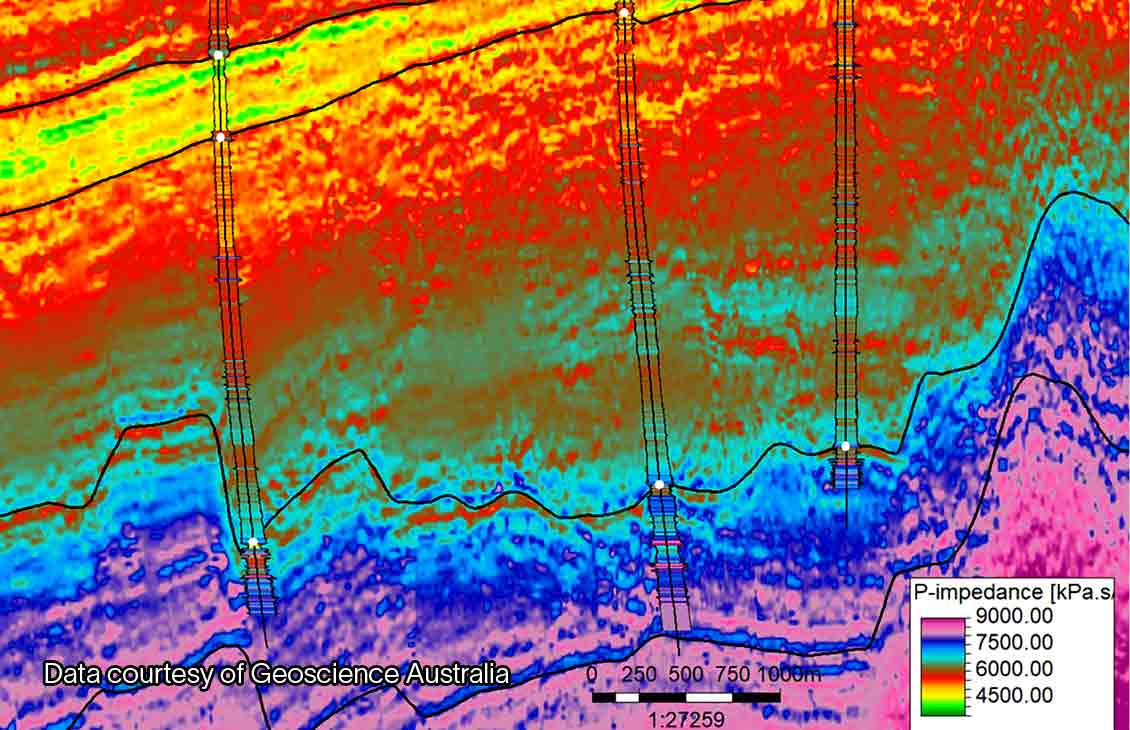
QI results are relative in nature, as the input seismic is missing the low frequencies. A user-defined background model can now be added to the results to generate an absolute attribute. The background model must be of the same template as the target attribute. You can predict absolute properties to get better insights into subsurface changes.
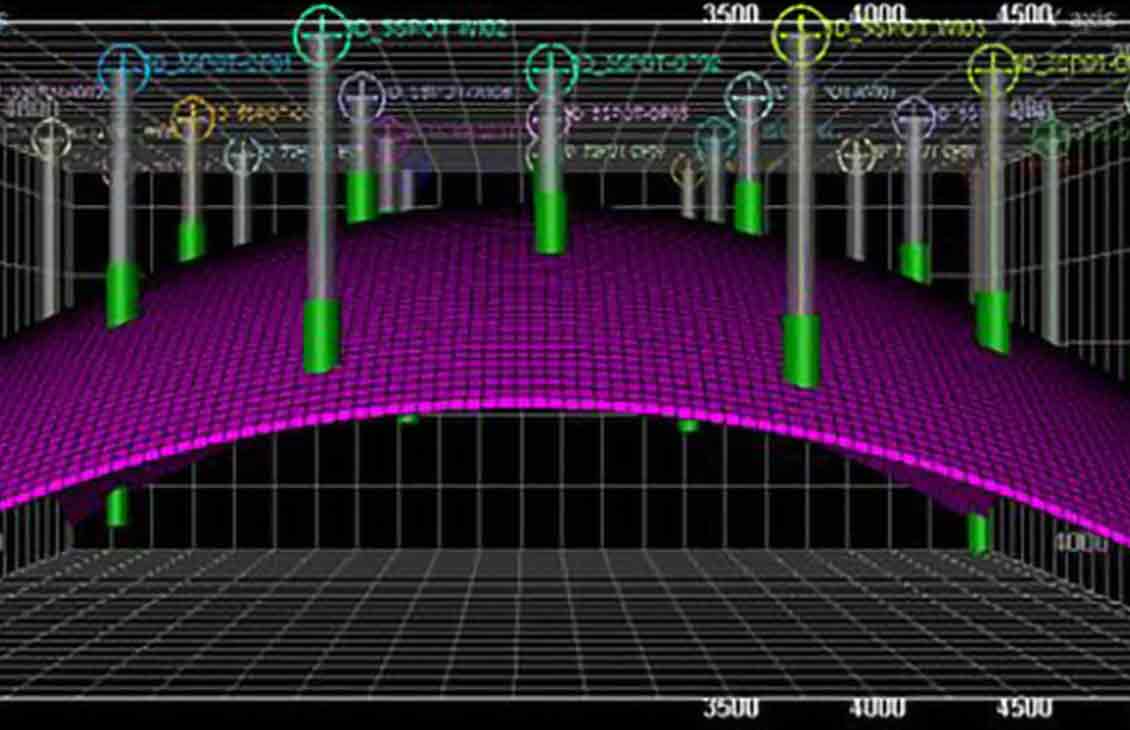
Conventional model builder (CMB) is a new addition to the reservoir engineering (RE) extension suite of plug-ins. The CMB plug-in is designed to streamline the generation of simulation models for conventional reservoirs.

LGRs enable users to increase model resolution near wells, around surfaces, near faults or inside a region of interest. The subdivision of depogrid cells to create LGRs is consistent with the original creation of the depogrid in the unfaulted depositional space, using the (U, V, W) coordinates. LGRs can be consumed in the Intersect simulator to improve flow simulation accuracy in the associated areas.
Machine learning for everyone

NExT training courses address the unique needs of each learner. Our courses, led by distinguished experts in their fields, equip learners with the skills to address practical situations and resolve real-world challenges.
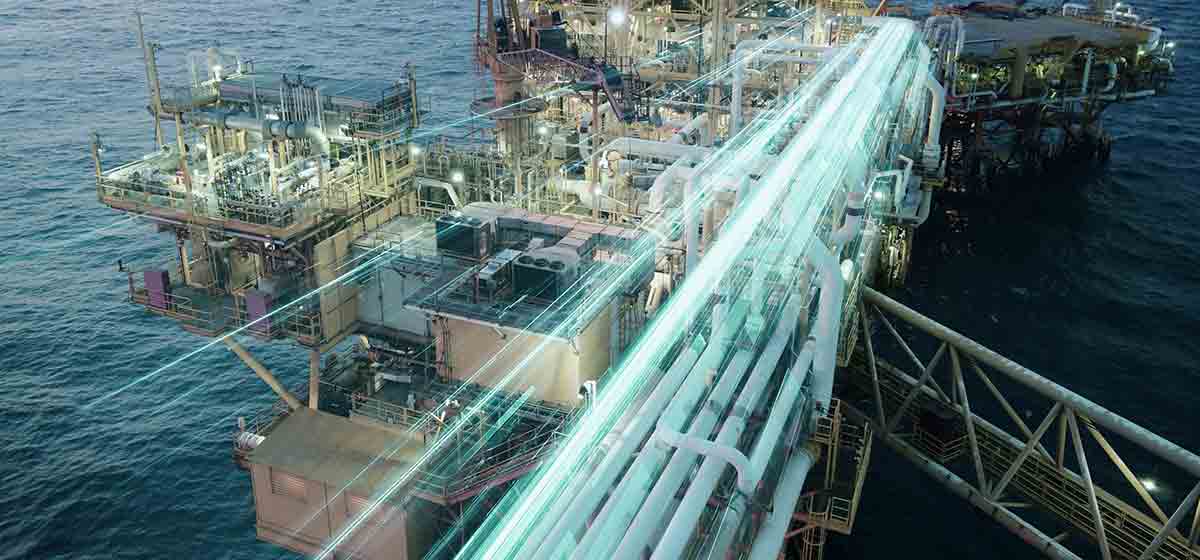
Petrel is available in domain profiles on Delfi
Choose the solutions you need from our subscription profiles. Available domain profiles cover the entire E&P life cycle.
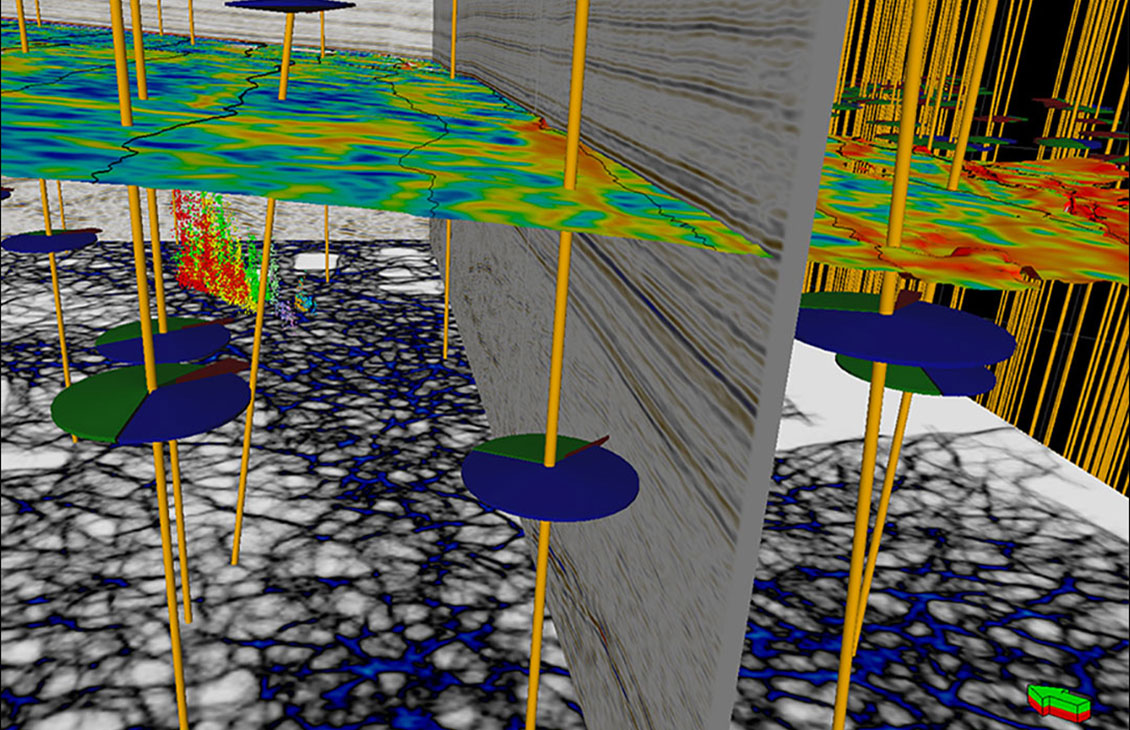
Base configuration, providing an integrated platform for geoscience and reservoir engineering.
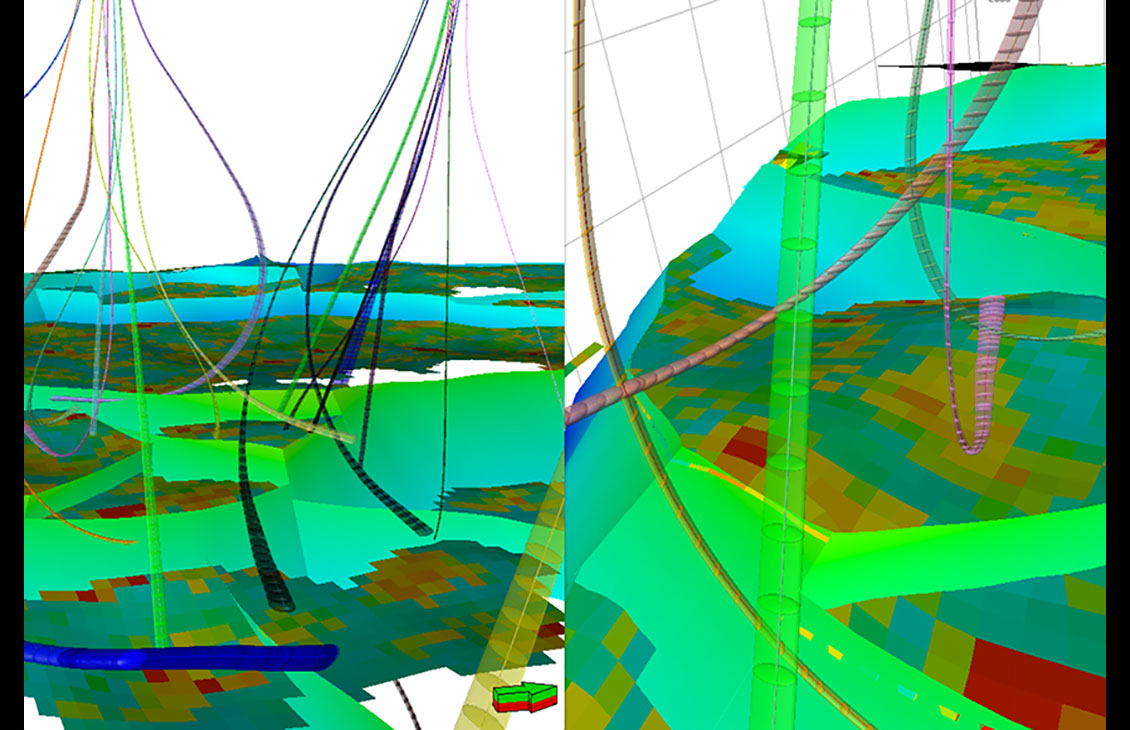
An integrated environment for geoscience and drilling from well design to geosteering

Full suite of tools including petroleum systems modeling, well correlation, mapping, and geocellular modeling
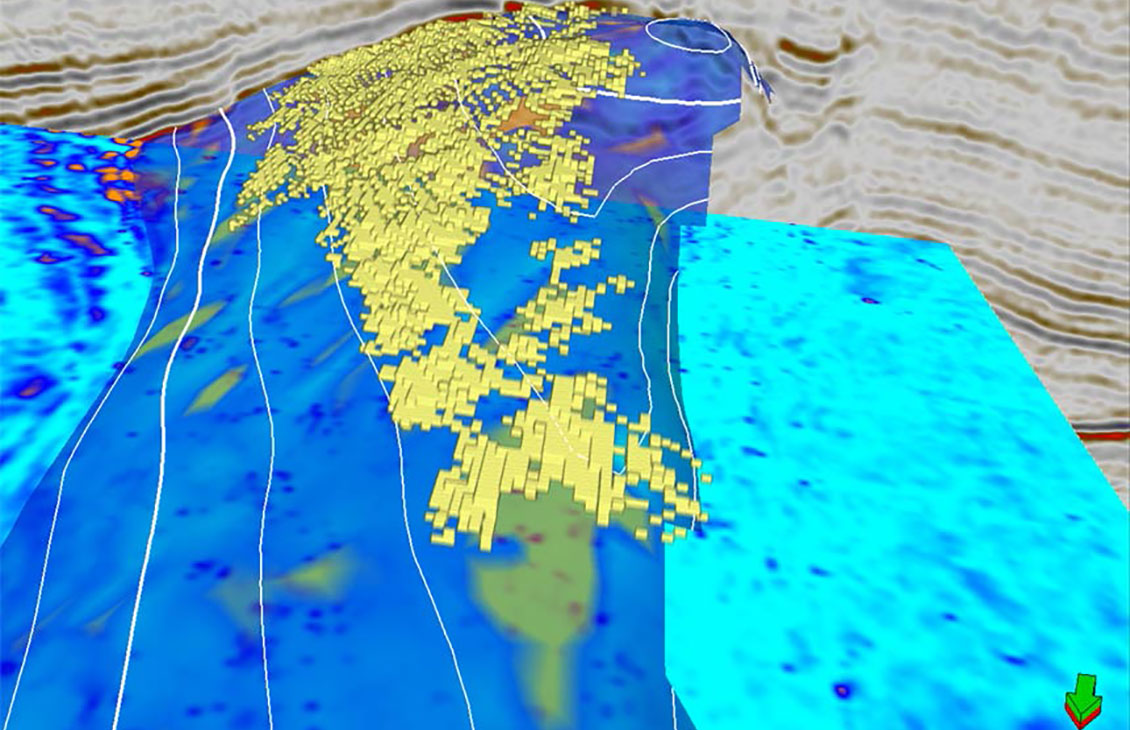
An unparalleled productivity environment, completely scalable with integrated pre- and poststack geophysical workflows
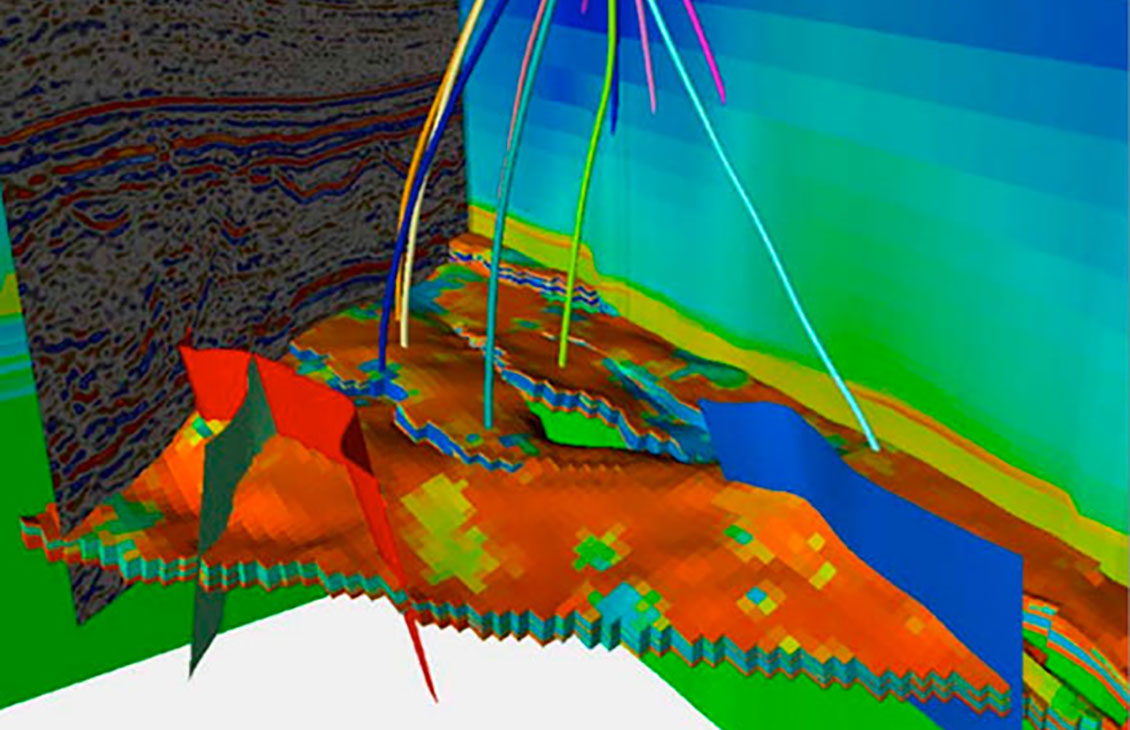
Integrated 3D and 4D geomechanics modeling and analysis workflows to understand subsurface behavior and plan wells in complex environments.
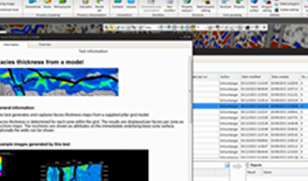
Quality and capability tool, including in-context guidance, guided and QC workflows, with the ability to capture knowledge and best practices.
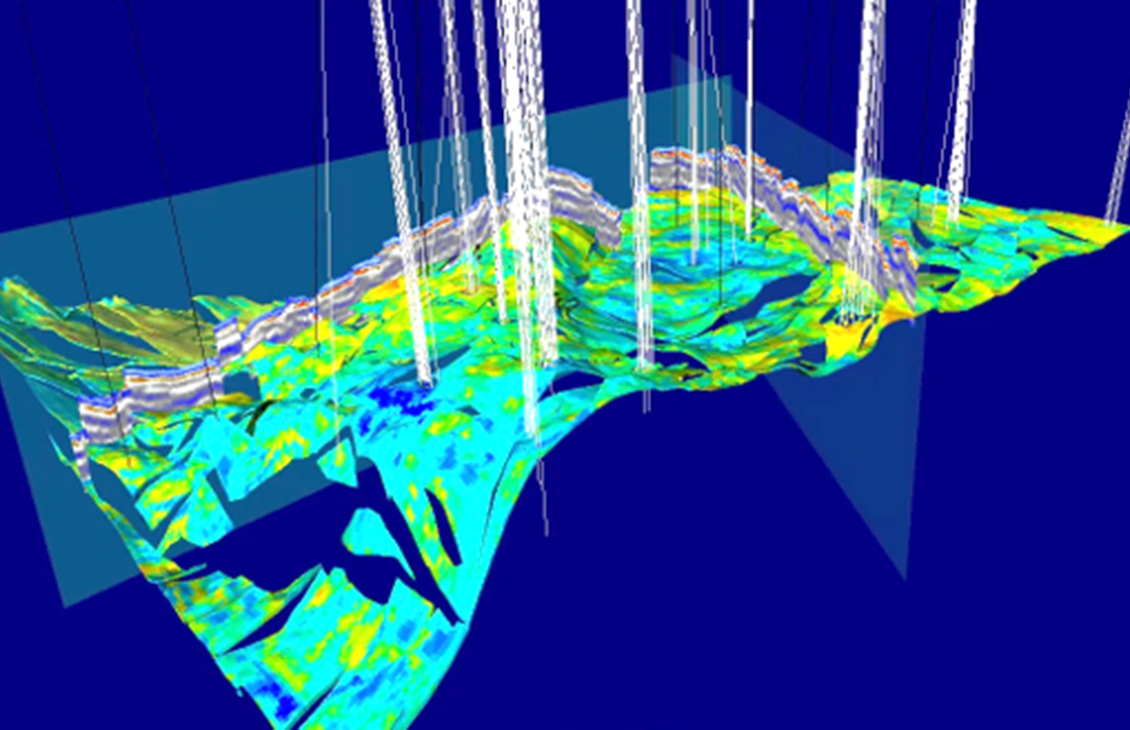
The collaborative environment for reservoir characterization, development planning, production evaluation, and optimizing reservoir performance.
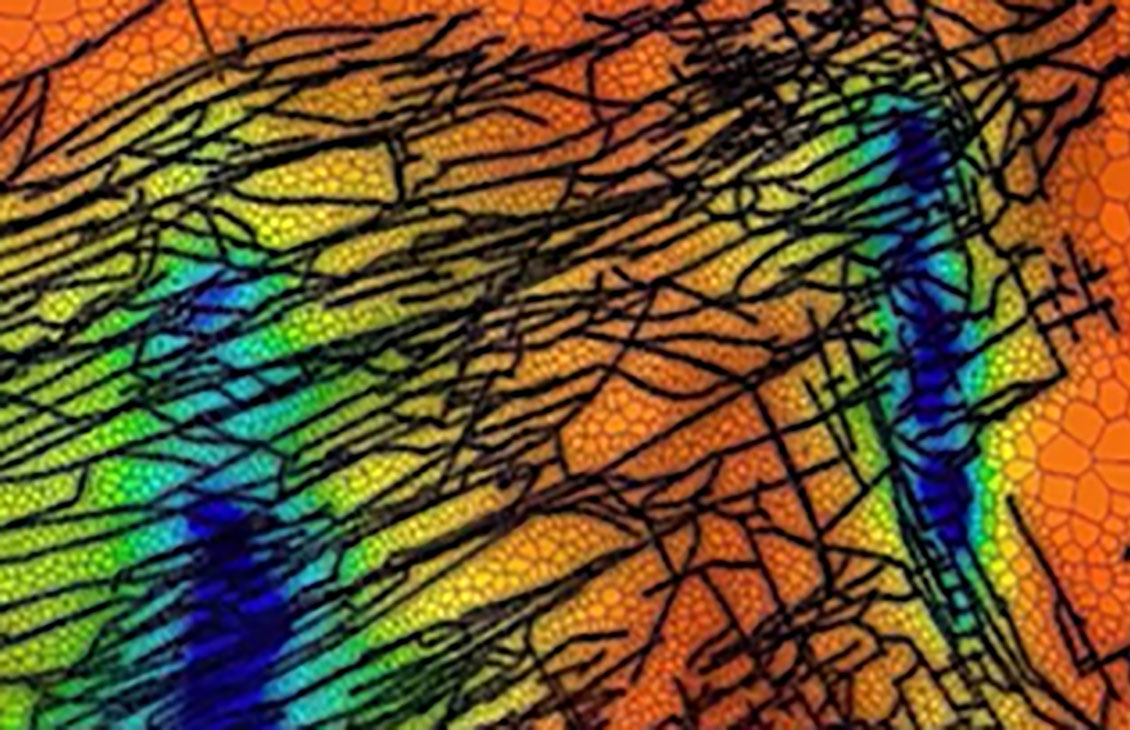
The collaborative environment for reservoir characterization, development planning, production evaluation, and optimizing reservoir performance.